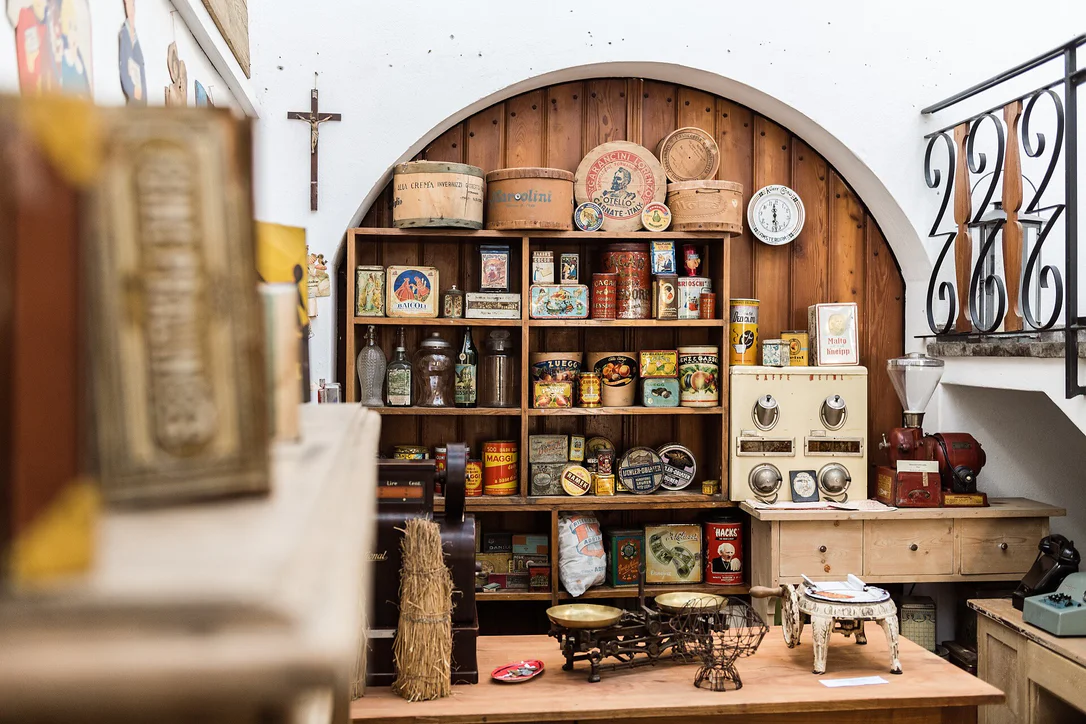The Museum of Popular Culture is situated in a historical building under the arcades of Neumarkt/Egna. You can visit the living space of a middle-class family of the 19th an 20th century.
With an extensive collection of furniture and utensils used in everyday life, the museum gives insight into a long-gone way of life. Thus, in the museum you can find a playroom, sewing room, a kitchen with pantry, as well as a salon and a bedroom.























































